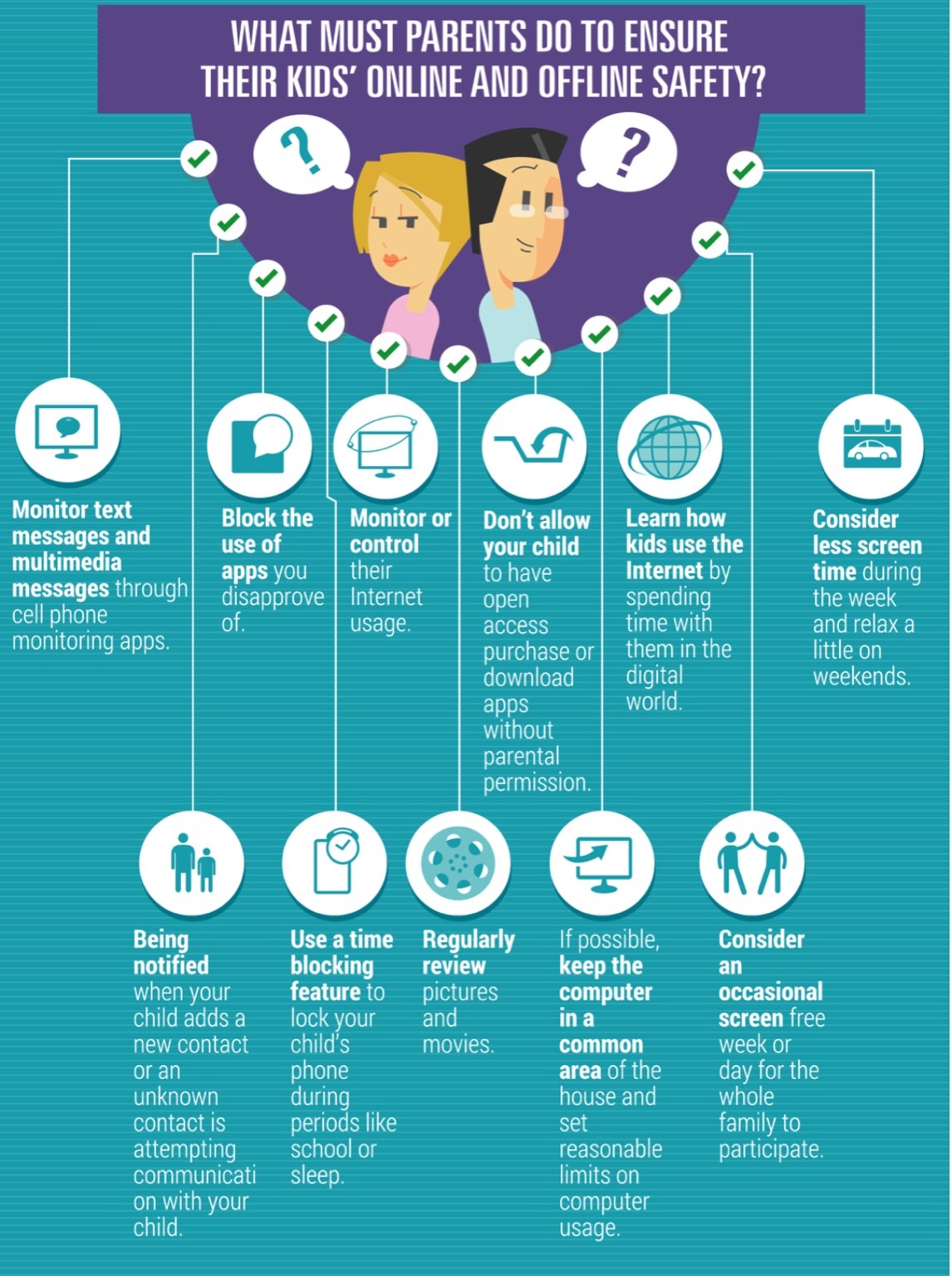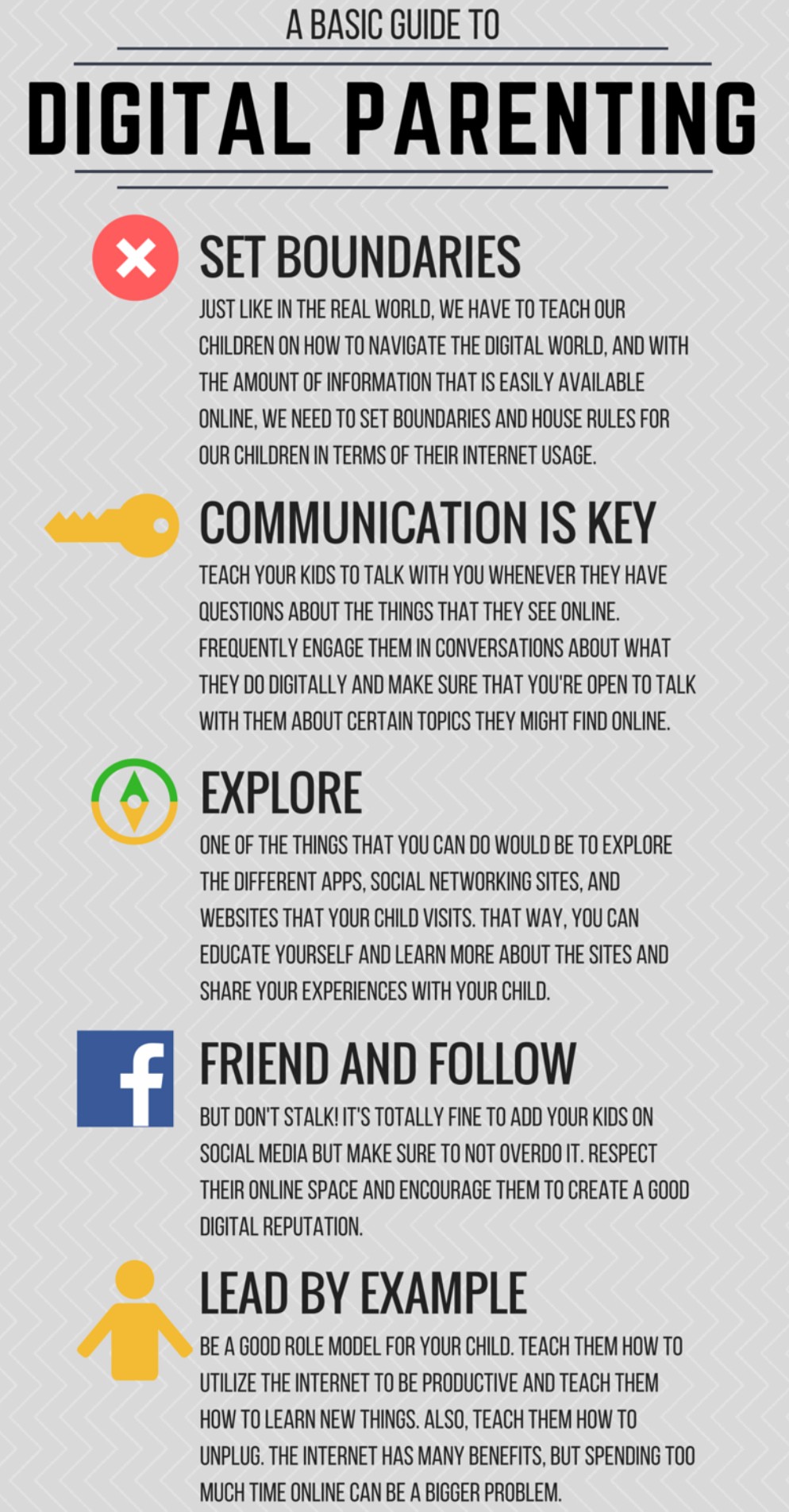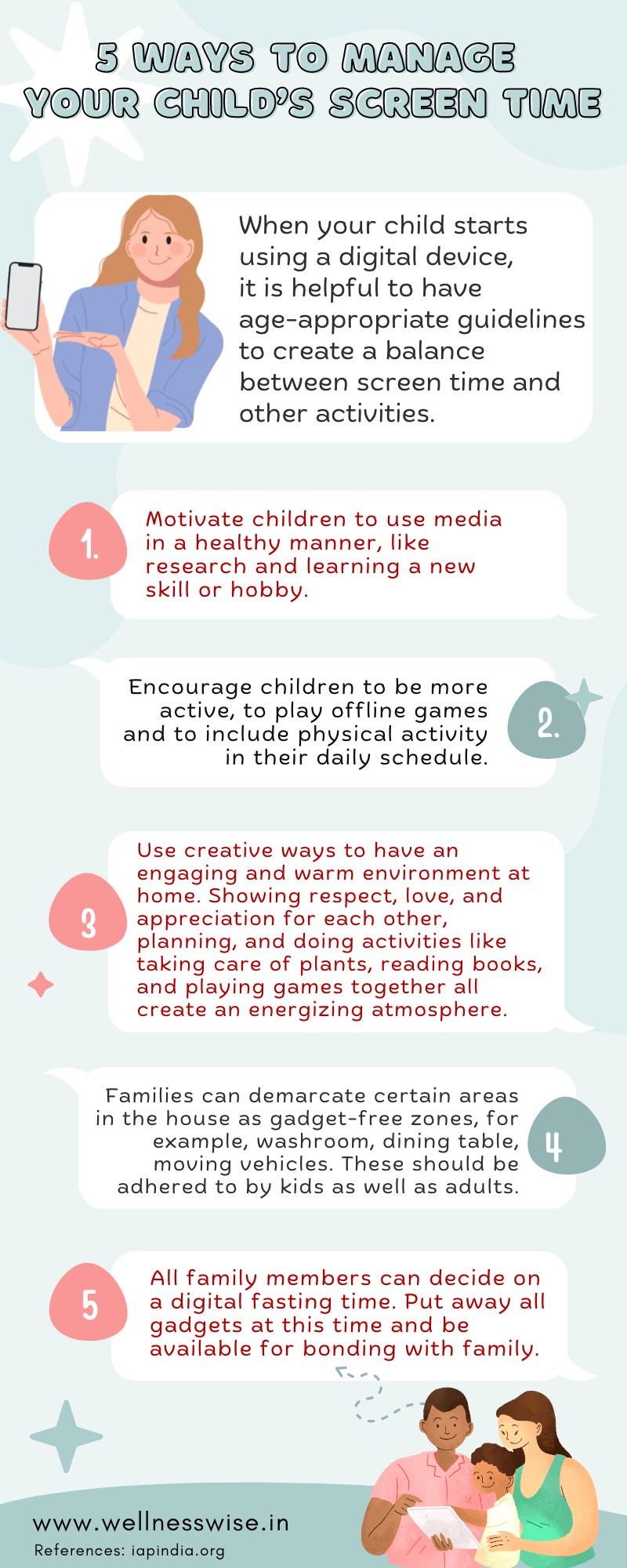Introduction
Modern families face an unprecedented influx of digital content—streaming services, social media, gaming platforms, educational apps, and more. While technology brings learning opportunities, creative expression, and global connectivity, unchecked use can erode family bonds, disrupt sleep, and impair mental and physical health. On this page, we’ll explore why managing digital consumption matters and outline the goals of a healthy, balanced family media plan.
Key objectives:
- Household definition of “digital consumption”.
- Identify strengths and weaknesses of screen use.
- Establish platform for proactive, participatory solution.
Digital Consumption Habits
Families tend to fall into habits—phone checks during meals, binge-watching at midnight, turning to screens out of boredom. Familiarity with these habits is the foot in the door to transforming them.
- Data snapshot: Children ages 8–12 report more than4 hours per day of screen time; teenagers exceed 7 hours (not including homework).
- Typical triggers: Post-school or post-work pulls stressful moments; pressure from peers.
- Unintended effects: Reduced face-to-face interaction, split attention span, and inability to multitask efficiently.
By mapping when and why devices are used, families can swap autopilot routines with intentional decisions.

Effect on Physical and Mental Well-being
Long spans of screen staring wear down the body and mind. On this page, here, we outline the top risk areas.
- Sleep disruption: Blue light suppresses melatonin production, so bedtime becomes later and sleep worse.
- Vision and posture: Neck strain (“tech neck”) and computer eye strain can lead to headaches and musculoskeletal discomfort.
- Mental well-being: Excessive social media use is associated with anxiety, depression, and reduced self-esteem among teenagers.
- Learning and attention: Continual notifications undermine the brain’s ability for concentration, interfering with study habits and family conversations.
Setting boundaries around screen time guarantees better sleep hygiene, healthier bodies, and greater emotional resilience.

Social and Educational Implications
Technology is not inherently evil—it can enrich education and social connections. But left unguarded, its value is lost.
- Education apps and online learning: Used intentionally, computers and tablets aid homework, language learning, and STEM exploration.
- Social bonding: Video calling, messaging services, and online gaming can strengthen bonds, especially with distant family members or friends.
- Distraction settings: Unstructured use is likely to lead to the “scroll trap” or video game binges that substitute study time and face-to-face interaction.
It is hoped to take advantage of technology’s positive side—structured learning, timed social interaction, and creative projects—while keeping mindless consumption in check.
Establishing Family Rules
Transparent, co-established guidelines reduce tension and ensure agreement from all members. To draft a family digital plan, proceed as follows:
- Family meeting: Have all members congregate to discuss existing habits, issues, and goals.
- Brainstorm categories: Establish media types
(social media, streaming, gaming, educational).
- Set time limits: Bargain for daily or weekly limits by category (e.g., 1 hour of social media on school nights; 2 hours of gaming on weekends).
- Create device-free zones and times: Like dinner,bedrooms after 9 p.m., and homework.
- Put it in writing: Pin the plan on the fridge or a shared calendar app where everyone can view and adhere to it.
Involving children in creating rules makes them feel heard and more likely to follow the rules.

Communication Strategies
Rules alone are not sufficient. Families need ongoing communication to change and reinforce healthy behaviours.
- Weekly check-ins: Establish a brief weekly meeting to review what is and is not working.
- Positive reinforcement: Reward on-task behavior. Provide extra screen time as an earned reward for completing chores, reading, or playing outside.
- Model behavior: Parents need to model the behavior—put the phones down at dinner, read books during downtime, or do hobbies that are not on screens.
- Conflict resolution: Speak up using “I” statements (“I feel lonely when everyone’s on their phones during dinner”) rather than blaming. Discuss solutions together.
Tools and Resources
There are many apps and native settings that can assist in enforcing your family’s digital plan:
- Device settings: Employ screen-time features on iOS (Screen Time), Android (Digital Wellbeing), and Windows/Mac (Family Settings).
- Third-party apps: Qu studio, Net Nanny, and Bark provide content filtering, time limits, and usage reports.
- Device-free alternatives: Board games, outdoor sports, cooking together, or reading clubs substitute screen time with active fun.
- Educational resources: Age-specific media reviews and family media guides are provided by Common Sense Media.
Monitoring and Review
Consistency is key—but so is flexibility. Regular review keeps guidelines current as children grow and schedules change.
- Monthly review: Actual vs. intended use. Identify trends (e.g., weekend spikes or surprise late-night use).
- Tune limits: Lower entertainment allowances temporarily when study needs are greater. When a new learning platform emerges, schedule dedicated time.
- Mark milestones: On-goal use for a month may warrant a family outing or night at the movies.
- Remain up to date: Technology rapidly evolves; stay current with emerging apps, trends, and studies on screen time.
Case Study and Practical Examples
Consider the Sharma family, parents of two teenagers, who struggled with bedtime screen use and morning distractions:
- Initial plan: Limit smartphones after 8 p.m.; no devices during weekday breakfasts; weekend gaming, 2 hours only.
- Result after one month: Children experienced more restful sleep and quieter mornings; parents enjoyed device-free dinners.
- Changes made: During exam weeks at school,reduced evening screen time by 50%; introduced weekend “tech-free Sundays” for family hikes.
- Takeaways: Co-decision making promoted ownership; incremental, small changes were more sustainable than extreme reductions.
Conclusion and Next Steps
It’s not about taking away technology—it’s about channelling its use into enrichment, connection, and wellness. In brief:
1. Understand current practices through honest tracking.
2. Co-create boundaries with clear rules and device-free times.
3. Use tools for automated implementation and reporting.
4. Be open and check in regularly.
5. Mark progress and modify as needed. Next actions:
Plan your first family media meeting this week; develop an action plan; set up controls on screen-time; and prepare your first month review. You can make digital devices tools to foster closer family relationships, rather than distractions, with intentionality and collaboration.
